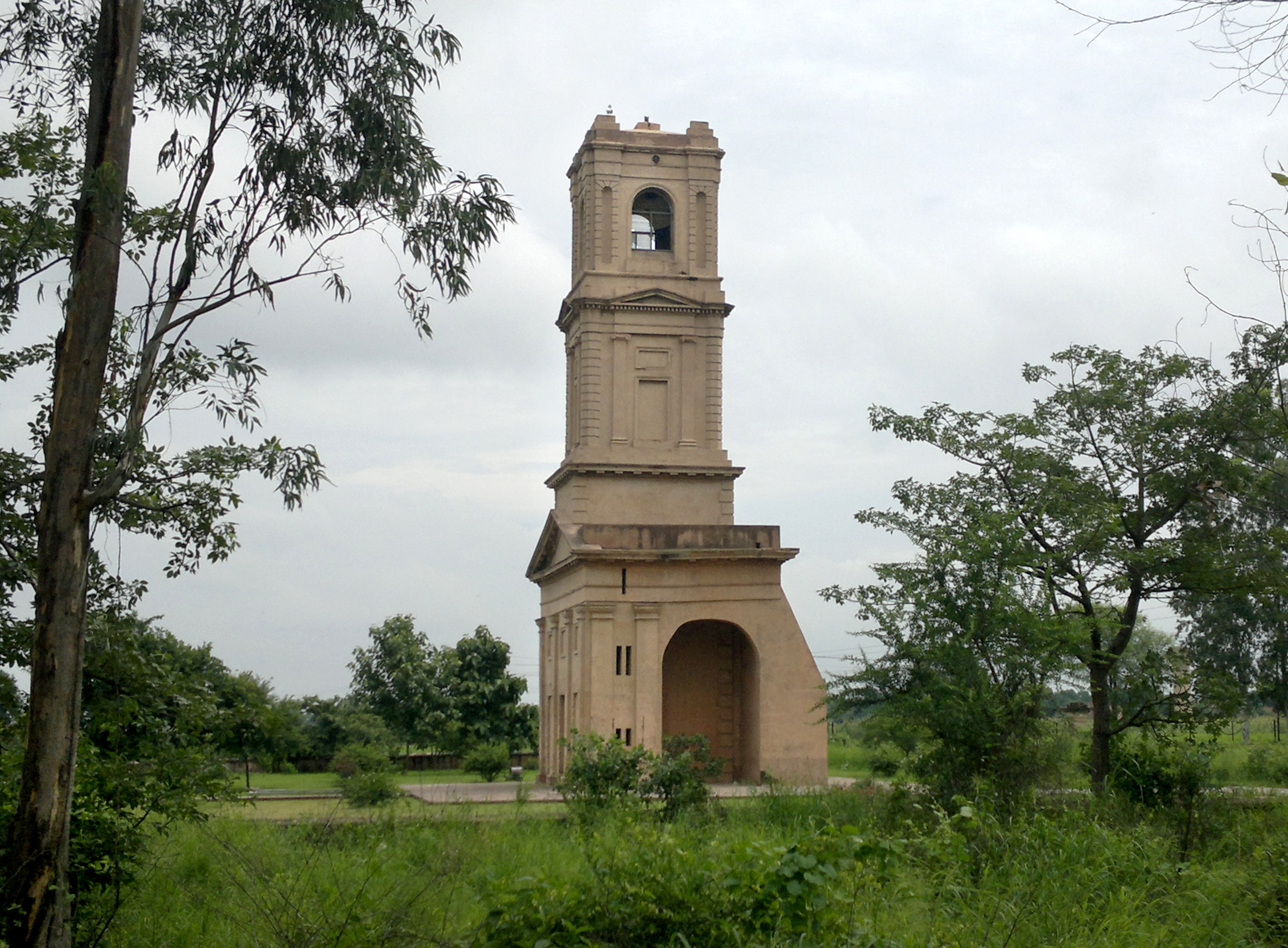Colonial monument blending Indo-British architectural styles in Karnal

Victoria Memorial Hall stands as a profound testament to the complex architectural and cultural landscape of colonial India. Constructed in 1906, this remarkable building emerges not merely as a physical structure but as a narrative embodiment of historical transitions and cultural intersections.
The architectural elegance of the hall represents a sophisticated dialogue between British colonial design principles and indigenous architectural traditions. Its pillared verandah, adorned with intricate arches, demonstrates a nuanced Islamic architectural influence, while the four strategically positioned porticos create an illusion of a double-storeyed edifice. This architectural synthesis serves as a visual metaphor for the cultural negotiations prevalent during the colonial era.
Initially christened to commemorate Queen Victoria, the building's significance transcended its original imperial narrative. The pivotal moment arrived in 1948 when it hosted the first condolence meeting following Mahatma Gandhi's assassination, subsequently being renamed Gandhi Memorial Hall. This renaming symbolized a profound ideological transformation, marking the transition from colonial representation to national remembrance.
The socio-political context surrounding Victoria Memorial Hall is deeply layered. It represents more than an architectural marvel; it is a physical manifestation of India's complex colonial history. The building encapsulates the intricate power dynamics, cultural exchanges, and resistance narratives that characterized the British imperial presence in the subcontinent.
Cultural preservation and heritage conservation have been increasingly prioritized regarding this landmark. The Haryana Archaeological Department has been actively involved in its restoration, recognizing its significance beyond mere architectural heritage. The proposed heritage corridor project aims to enhance its visibility and cultural significance, integrating it into Karnal's broader tourism and cultural landscape.
Modern restoration efforts are meticulously designed to respect the building's historical integrity while making it more accessible to contemporary audiences. Façade lighting, widened entrance, and a harmoniously designed gate portal are part of a comprehensive strategy to rejuvenate this cultural space. These interventions aim to not just preserve the physical structure but to rekindle community engagement and cultural memory.
The hall's transformation over decades reflects broader narratives of national identity, cultural resilience, and historical reclamation. From a colonial monument to a space of national remembrance, Victoria Memorial Hall continues to serve as a dynamic canvas where history, architecture, and collective memory converge, inviting visitors to explore the nuanced layers of cultural heritage.
Beyond its architectural and historical significance, the memorial hall represents a living testament to Karnal's rich cultural tapestry. It stands as a bridge between past and present, inviting contemporary generations to engage with and understand the complex historical narratives that have shaped their cultural landscape.
Discover more attractions within 50km that might interest you

Ambala, Haryana
Colonial Tower Witnessing British Influence in Karnal's History